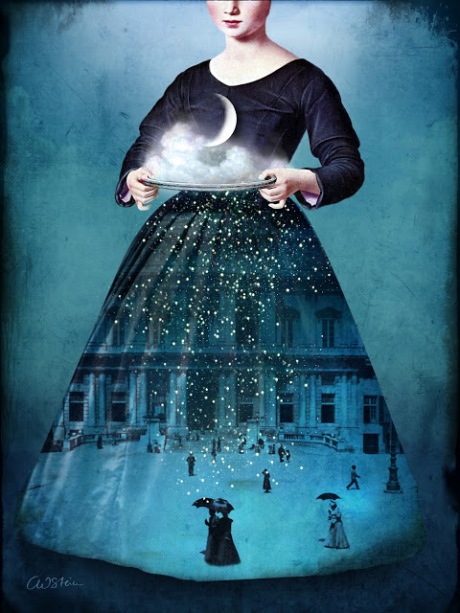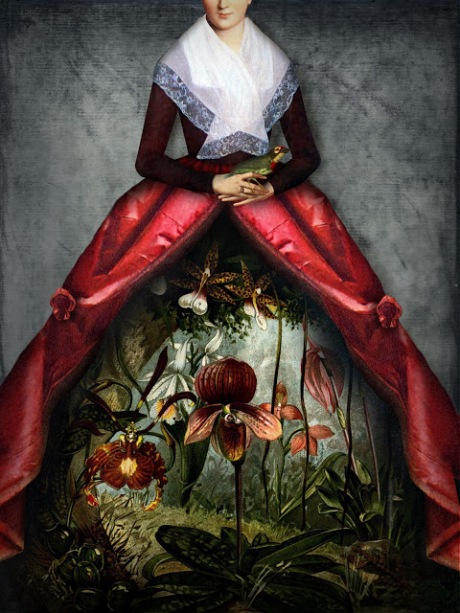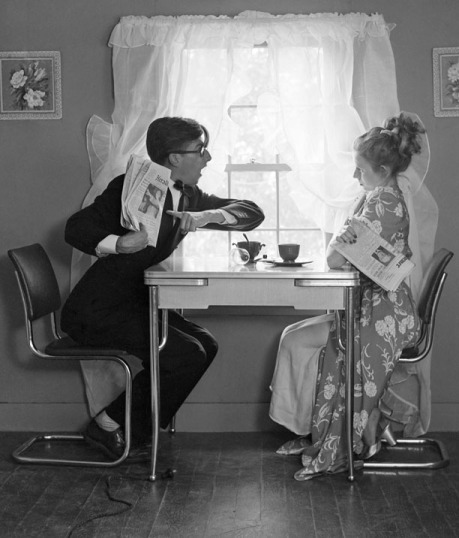When independent game developer John Nelson Rose approached me about branding, marketing, and designing the user interface for his new puzzle game, I couldn’t have been more thrilled. The task granted me the opportunity to combine my skills in graphic design with interactivity while challenging me in ways I had never imagined.
I started the process by thinking about names for the game. It was important to the developer that the title be simple, relatively short, and very descriptive of the game play itself. The central game mechanic is moving columns and rows of colored circles left and right, up and down to make two-by-two (or larger) squares. The name “Circle Squared” seemed the most fitting.
Once the name had been settled upon, I moved forward with designing the look and feel of the game. Inspired by a mid-century, minimalist design aesthetic, I settled upon using the font Century Gothic in white against black, all lower case with certain of the round spaces filled in with coordinating colored circles. The resulting menu and in-game screens are minimalist and very bold.
Establishing a color story that was pleasing to the eye and true to the branding of the game proved to be a bit of a trial and error process. In addition to coordinating beautiful colors that showed well against a saturated black background, I also had to make sure that the order in which the colors appeared in progressing difficulty levels was finely-tuned to avoid certain combinations. The resulting palette of plum, canary yellow, salmon pink, avocado green, cool red, warm baby blue, tangerine, and denim blue has been universally praised by those who have played the game. If you don’t believe me, download the game and see for yourself.
While it’s a small start, I’m so excited to have officially launched my “indie” game career and I look forward to future collaborations. Check out John’s website for details on upcoming title releases.
-Jayme Catalano



































